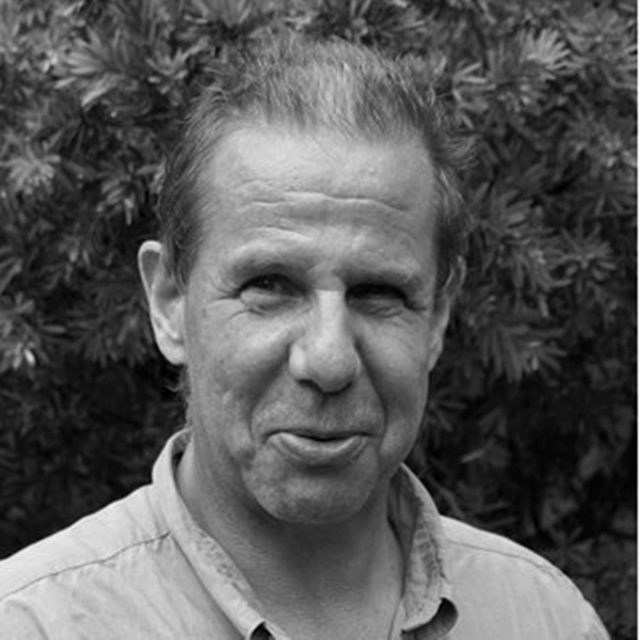Nikolaus P. Himmelmann
Universals of Language 3.0
Speaker
-
Nikolaus P. Himmelmann

Nikolaus P. Himmelmann
Nikolaus P. Himmelmann is Professor in General Linguistics at the Universität zu Köln. His core concern is understanding linguistic diversity and its social and cognitive underpinnings. A current major research focus is on prosody and the syntax-prosody interface. He has longstanding fieldwork commitments in insular South East Asia. At present, he closely collaborates with the Center for Endangered Languages Documentation in Manokwari (West Papua, Indonesia), attempting to document as much as possible of the dazzling linguistic diversity still found in West New Guinea today.
Abstract →
Nikolaus P. Himmelmann
Universals of Language 3.0
The hypothesis is proposed that there are universal levels of linguistic structure that are directly derivative of the biological and social infrastructure for communication. Unlike universals of the Greenbergian and Chomskyan type, which typically involve controversial analytical constructs such as ‘subject’ or ‘maximal projection’, the universal layer of linguistic structure targeted here is defined by being amenable to direct empirical testing.
There are different ways for providing empirical evidence for a presumed universal of language 3.0. Thus, some proposals for a universal of this type have to be investigated with psycholinguistic or neurolinguistic experiments, others with knowledge-free structure discovery algorithms, and still others with kinematic measures of articulatory gestures.
Two core examples for universals of language 3.0 are discussed: 1. the universality of intonational phrases; 2. the universal tendency to position agent arguments before all other (core) arguments of the verb (the agent-first bias).
Importantly, in addition to being amenable to direct empirical falsifiability, the universal linguistic structures of the type intended here should provide a link between the general biological and social infrastructure for communication and specific, language-particular structures. That is, on the one hand it should be possible to show precisely and in detail how universals of language 3.0 are derived from the general biological and social infrastructure for communication provided for by Levinson’s (2006) ‘human interaction engine’. On the other hand, it should be possible to show how language-particular forms and constructions are derived from them (via grammaticisation, for example).
